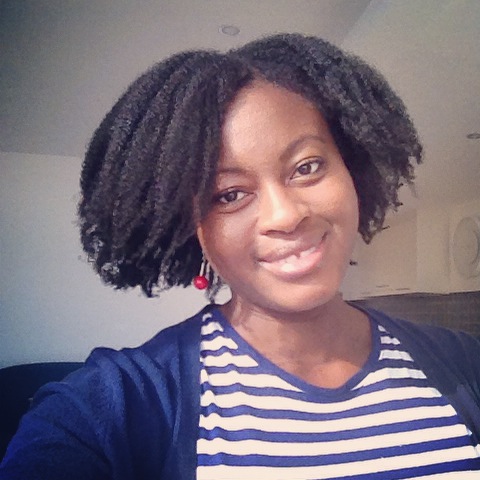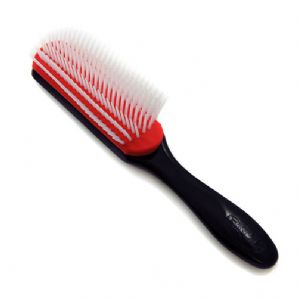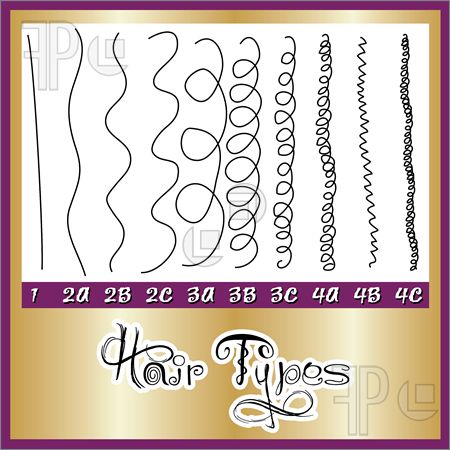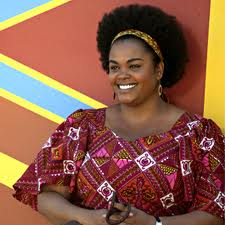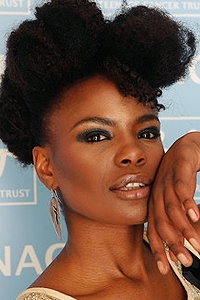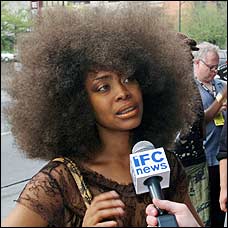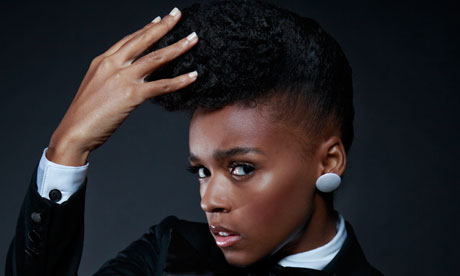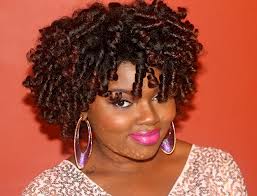I finally achieved a wash and go style that I was happy with. My natural curl pattern was defined and held up pretty well. Contrary to what I use to believe, 4b hair does have a curl pattern. However, if you have fine strands and hair that loses moisture relatively quickly, your strands are unlikely to clump together in uniformity, like other hair types. So a little help is needed with a product that has a strong hold. Of course, by now we should know that no product is going to give your hair curls that do not already exist. So my expectations have never been unrealistic.
The first time I attempted a wash and go, I literally washed my hair, applied some gel and went out to dinner. My hair shrunk horrendously, which led to terrible knots the following day. I’ve tried conditioner only wash and go’s, where my hair turned into a glorious afro. I’ve also used the ever popular Eco styler gel. I’ve had the same tub of gel for three years! Here’s what I learned through my trial and error, which led to a successful attempt recently.
1. Stay in the shower
One of the mistakes I made was to apply the gel outside of the shower, believing that my soaking wet hair would remain that way. The reality is, your hair begins to dry as soon as you step out of the shower. Re-spraying my hair with water didn’t soak it thoroughly, and I would often forget to do this anyway. So the gel did noting but hold frizzy hair in place, as opposed to defined curls. Curls are at their most defined when the hair is fully hydrated. Staying in the shower creates a convenient way to reapply water, and ensures that you apply a good amount. Even after you have gone through all the steps, apply water one last time before exiting the shower. This will replenish and give the hair that last boost of moisture.
2. Use a product with a strong hold
I love my homemade flaxseed (linseed) gel. I use it for styling twist outs, flexi-rod sets, you name it. I believe it works just as well, if not better than most popular styling products. It is an all natural alternative to the gels that are currently on the market and doesn’t leave the hair crunchy. However, I learned that my hair type is prone to frizz, as the hair strands don’t clump together naturally. So for definition, I went back to the Eco Styler gel, which claims to provide a maximum hold of 10. Without it my hair would frizz instantly upon drying. The conditioner-only wash and go may work well with other hair types but it didn’t with mine. I learned a new technique for creating an afro but that was not the look I was going for. Avoid gels with harsh alcohols and with as few synthetic ingredients as possible.
3. An oil rinse will minimize the crunch effect
Maximum shrinkage is hard work, shrinkage cemented with gel is a disaster! For this reason I avoided Eco Styler gel, as it brought back bad memories of previous attempts. With this attempt I applied it differently and did an oil rinse after deep conditioning, to seal in the moisture. This was simply applying oil, then lightly rinsing my hair with the water to remove the excess. The oil helped to soften the gel slightly and minimize the crunch effect that most gels have. Most importantly that crucial moisture was sealed to promote curl definition.
4. Use a clarifying shampoo
Wash and goes work better on clean hair that is free from product buildup. Product buildup weighs the hair and can interfere with strands clumping together. Previously I have tried to do a wash and go after co-washing. This did not lead to the best results. This time, I used a natural clarifying shampoo, which left my hair with that squeaky clean feel. It is important to follow clarifying with a good quality conditioner, free from silicones, mineral oil or petroleum. Detangle thoroughly with the conditioner. I saw my curl definition immediately after clarifying. The aim is to maintain and hold that definition. This is achieved by keeping the hair hydrated and using the right gel. If you are styling your hair in back-to-back wash and go’s, co-washing will be more appropriate. Product buildup should be minimal if it has only been a week or so since your last clarifying session. The use of clarifying shampoos should be limited, as frequent use could lead to dry hair over time.
5. Deep condition
This step is important, especially after using a clarifying shampoo. It also helps to maintain maximum hydration. Deep conditioning does not require you to leave the shower and sit under a dryer. Simply put a plastic cap over your head and continue showering for ten minutes or so. After rinsing out the deep conditioner, apply your leave in conditioner.
6. Smooth, don’t rake
I was a big believer in the shingling method, which is simply raking the product through your hair with your fingers. Looking back, I believe this method actually created more frizz and worked against clumping the strands together. For other hair types, this may work well but it didn’t with my 4b hair. Instead I took a big clump of gel and smoothed it onto my hair gradually, until I coated every strand. I noticed immediately that my curls were held together and had a more definition. My hair looked a little flat when I came out of the shower but it gained more volume as it dried.
7. Use a leave-in conditioner with a naturally acidic pH level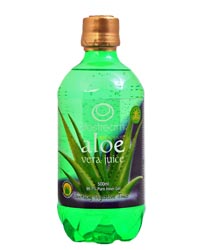
The natural pH level of the hair and scalp is 4 – 4.5. I sprayed my hair with aloe vera juice to use as a leave-in conditioner. This has a pH level of 4.5-5.5. As it has an acidic pH level, similar to hair, it works to close the hair cuticles and thus eliminate frizz. Using a leave-in conditioner with an appropriate pH level also helps the hair stay better hydrated. This all works to promote maximum curl definition. You can purchase pH strips online for testing your leave-in conditioner.
8. Use a diffuser for drying and stretching
Rather than letting the hair air dry, I used a diffuser. My hair would simply take hours to dry and there was no guarantee it would dry fully before going to bed. A diffuser is a great tool for drying as it doesn’t mess up your curl definition. When the hair is about 80 per cent dry, you can switch to the concentrator attachment and begin to stretch your hair from the roots. Gently pull small sections taut from the roots until you achieve the desired shape and length.
9. Find a great way to maintain and refresh the style
My wash and go lasted for 5 days. Each day my hair got bigger, and gained more length. So I actually preferred the style more as the days progressed. I tried the pineapple technique but it involved too much manipulation and stretching for my hair. Instead, I put my hair in two low pigtails and banded each pigtail with three bands. I also kept my hair in this style for the gym or when I went running. After a workout I would remove the bands, spray my hair lightly with water, shake my hair out and shape as desired.
10. Add some oil for shine
To finish off the style I rubbed some almond oil into my hands and gently applied it to my hair, just patting it on slightly to prevent frizz. This made the hair shiny. Use an oil of your choice. Grapeseed oil is also great for creating sheen.
Other techniques that may help
Whichever technique works best for you will depend on your hair type and individual preference. I researched different techniques and applied it to my hair. Some vloggers advised using a Denman brush to smooth the gel into the hair and separate the strands. I preferred not to use the brush, but it might work for you. Some techniques involve shaking your head vigorously as a final step. This is to separate the curls and create volume. I was scared of ruining my definition so I chose not to do this. However, my hair was quite flat as a result (which I didn’t mind), so shaking the hair out may work for those who prefer more volume. I will probably try this method next time.
This style took me one and a half hours from start to finish. If I do it regularly I will be able to do it faster. I like this style because it did feel like an actual wash and go, probably because most of it was done in the shower. I could do it before going out for the day and don’t have to wait overnight to see the results, like other styling methods. I also found it very convenient for working out 5 days of the week. Plus it allowed me to see and enjoy my natural curl pattern in all it’s 4b glory :-).
Which method works best for you and your hair type? Share your tips below.
